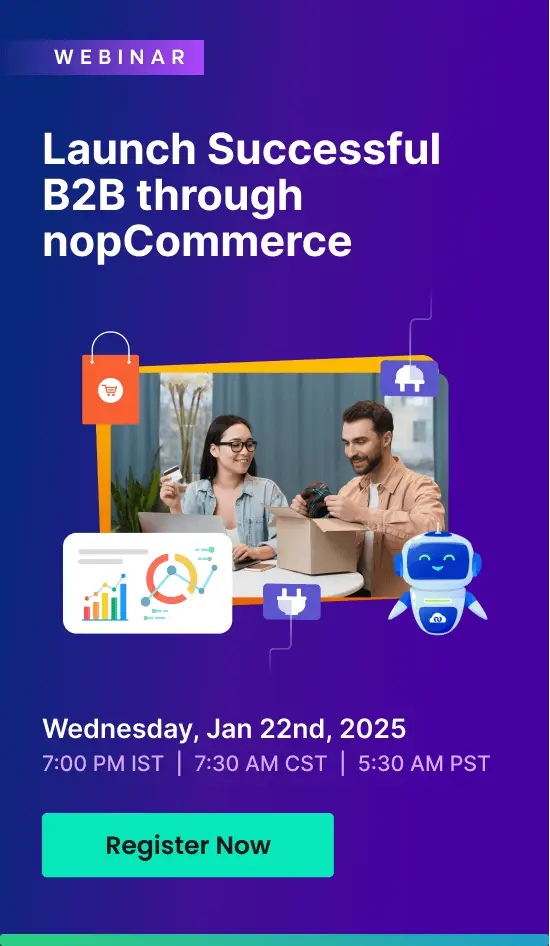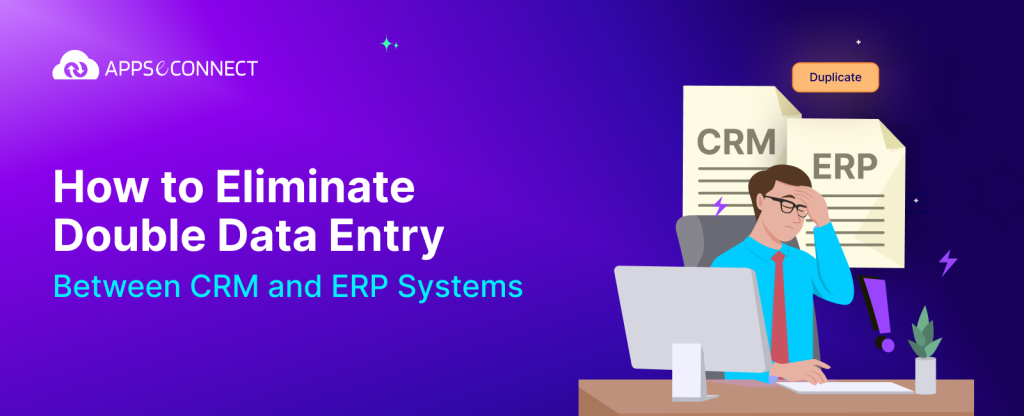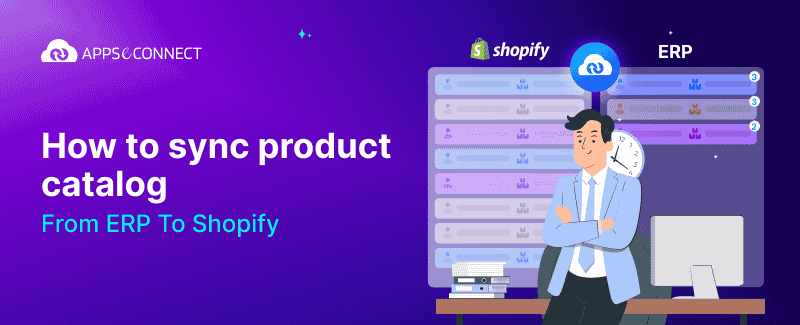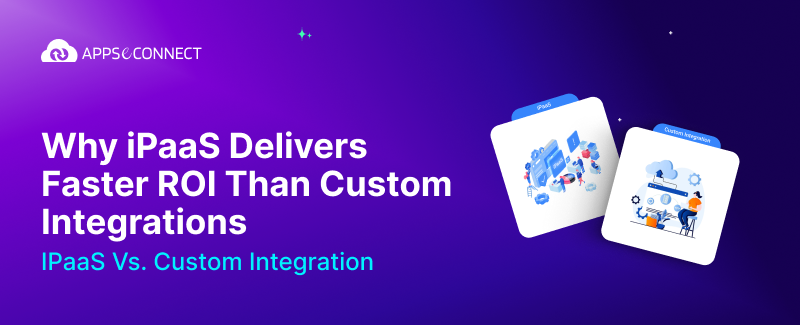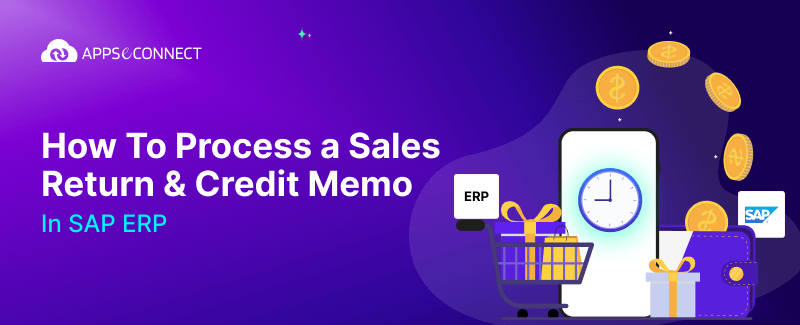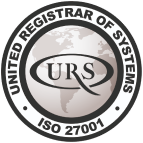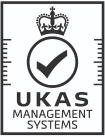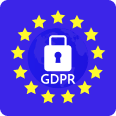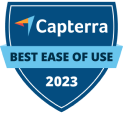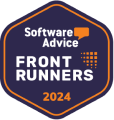When it comes to double data entry, we have all been here before. Suppose a team member finishes putting the data into the CRM system, only to jump into the ERP system and type in the same data again. Sounds familiar, right? Well, this is the reality of double data entry. It is one of the most common and frustrating time drains in business processes. You lose time, accuracy, and also your business revenue. Day after day, week after week, it continues.
Double data entry is when the employees manually input the same data into multiple systems. It is often treated as “just how things work”. However, this way of working is not just inefficient; it is expensive, error-prone and also inaccurate. So, here we are going to talk about the various challenges associated with manual data entry in your ERP and CRM systems. We will also tell you how you can put an end to these challenges using ERP and CRM integration.
The Hidden Costs of Double Data Entry:
Double data entry can become the silent productivity killer of your organization. When your team members enter the same data into multiple systems, they are not just repeating work; they are also increasing the risk of errors. A small typo in one system can ripple across various departments. This can trigger confusion, leading to delays and compliance issues. That’s the cost of manual data entry – wasted time, inconsistent records, and poor decisions based on inaccurate data.
The problems associated with manual data entry are not just technical problems. They are operational landmines that can easily slow down your team and bring about frustration. Also, when your team members are stuck with double data entry, they get to dedicate less time to core business operations. So, overall, it can turn out to be a really problematic affair for your team, leading to business inefficiencies. This is the reason why it is important for us to opt for advanced integration solutions to eliminate double data entry.
Related Read: How to Break Down Data Silos With Data Integration
Common Challenges Associated With Data Duplication:
There are multiple challenges associated with double data entry:
Operational inefficiency:
Duplicate data increases the amount of storage space required. It also strains processing power. This causes systems to slow down. It also leads to wasted resources and slower decision-making.
Reduce data quality:
Double data entry can affect data quality significantly. Duplicate records lead to inaccurate reporting and compromised customer experience. It also leads to miscommunications, causing frustration and dissatisfaction.
Inaccurate reporting:
Duplicate data in business reports can cause misleading analytics. For instance, duplicated sales transactions can boost revenue figures, giving us a wrong sense of business performance.
Compliance risks:
In regulated industries, data duplication causes serious compliance risks. Regulations such as GDPR and HIPAA require companies to maintain accurate, updated data. Duplicate records can cause issues during audits and legal processes.
Compromised customer experience:
When customer data is duplicated, they receive redundant communication. They may also experience issues with deliveries and services. This leads to damage to the company’s reputation.
So, to deal with the challenges associated with double data entry, you can opt for the best CRM ERP integration tools for automation and bring an end to data silos.
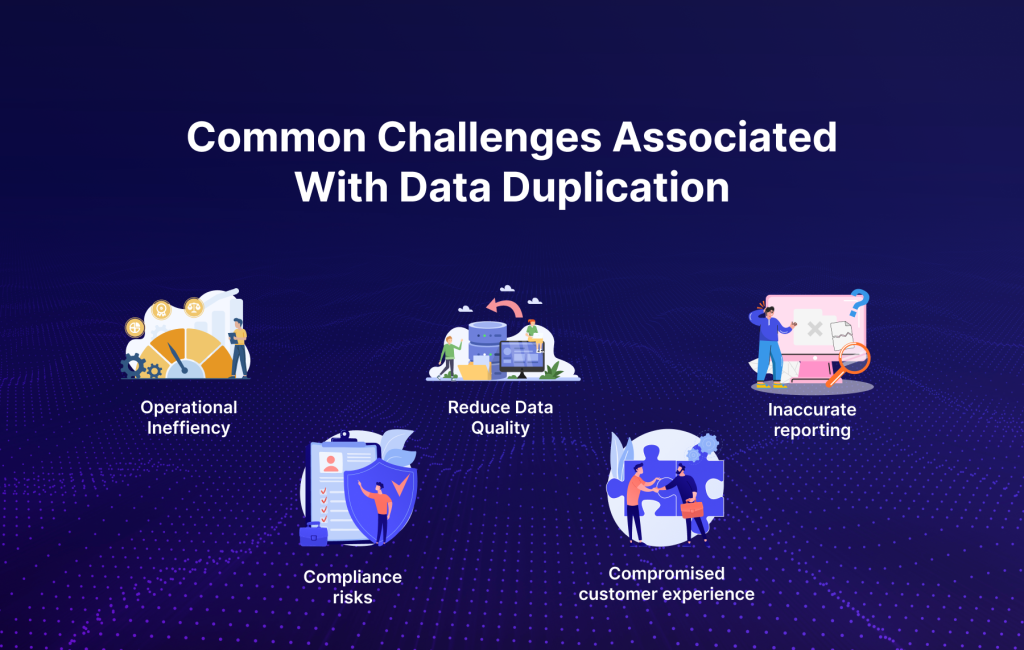
What Should Flow Between CRM and ERP Systems?
When you integrate CRM with ERP, there should be a continuous flow of data and information to provide a 360-degree view of customer data, streamline operations, improve decision-making and also reduce data silos. Continuous flow of data also ensures enhanced transparency and data accuracy between the ERP and CRM systems. Here’s what should flow between the two systems.
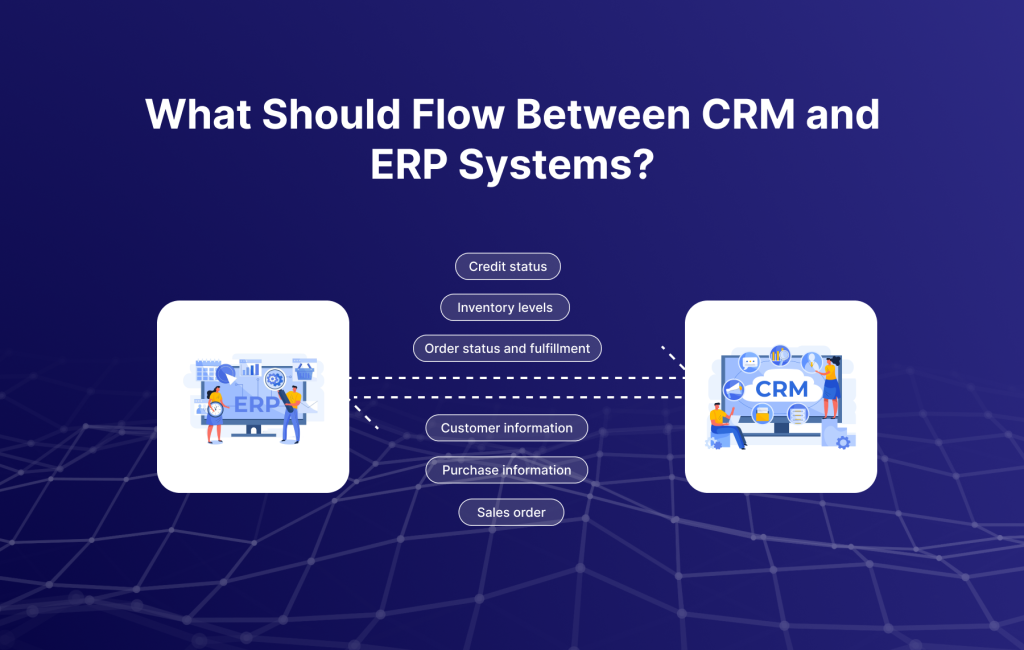
Data Flow From CRM to ERP Systems:
Customer information: When a new customer is acquired or the details of an existing one are updated in the CRM, the data should automatically flow to the ERP system to ensure accuracy in customer details.
Sales order: All the details related to new sales orders from the CRM system should automatically flow to the ERP system for processing purchase history and financial data.
Purchase information: Customer purchases, including shipping order status and other related data, should be reflected in the ERP system.
Data Flow From ERP to CRM Systems:
Order status and fulfillment: The ERP system should provide real-time updates on the status of orders, including when they are processed, fulfilled, and shipped, to the CRM system.
Inventory levels: The ERP should also share the current status of inventory with the CRM. This ensures that the sales representatives have accurate information.
Credit status: Financial data, such as customers’ payment or credit status, should also be shared with CRM to manage sales opportunities.
Related Read: Achieve Seamless CRM-ERP Integration with APPSeCONNECT
Automating the Sales-To-Invoice Process in CRM ERP Integration with APPSeCONNECT:
APPSeCONNECT allows you to automate sales-to-invoice process by integrating your CRM and ERP systems. This involves systems like SAP Business One, Shopify, Zoho CRM and much more. The process involves making use of an AI-powered, low-code drag-and-drop interface to configure workflows, map data, and monitor data flow using dashboards. Once the sales order is confirmed, APPSeCONNECT automatically generates invoices in the ERP and syncs them back to the CRM system.
Watch APPSeCONNECT In Action!
APPSeCONNECT allowed Hernon to achieve zero business downtime, avoid manual entry between CRM and ERP, and allow bidirectional data sync.
The company used SAP Business One as their ERP and Salesforce as their CRM systems. The company was facing various challenges with legacy data migration, increased business downtime, and the need for heavy customization. By integrating SAP Business One with Salesforce, the company was able to get rid of data silos. It also achieved various other benefits, including:
- 100% bidirectional data sync
- 360-degree view of the customers
- Faster quote and order generation
- Improved stock level commitment
- Better collaboration
Key Considerations Before You Integrate Your ERP And CRM Systems:
Integrating ERP and CRM systems can help transform business efficiency, but only if done strategically. Here are some of the things that you need to keep in mind before you start off with the integration process:
Define clear business goals:
It is important for you to have clear goals and decide outcomes for the integration -improving data accuracy, streamlining workflows, and enabling real-time inventory updates. Develop a detailed project plan along with milestones, timelines, and resource allocation to guide you through the integration process.
Check for software compatibility:
It is also important to conduct a thorough technical audit to verify the various hardware and software compatibility between the ERP and CRM platforms. Check for the compatibility between the APIs, connectors, etc. Address any incompatibility prior to starting the integration process.
Choose the right integration approach:
Always select an integration approach that aligns with your business needs, technical resources, and scalability requirements. You must also perform data standardization prior to going with the integration. This will ensure that the integration takes place properly.
Prioritize data security and compliance:
When integration happens, data travels between the systems, which means that there are associated privacy risks to handle. So, follow security practices such as using secure APIs, applying encryption, securing access, etc. Also, stay updated with the latest data protection rules to avoid compliance-related trouble.
Business Benefits of Eliminating Double Data Entry
There are a number of ERP CRM integration benefits. Let us take a quick look at some of the major benefits:
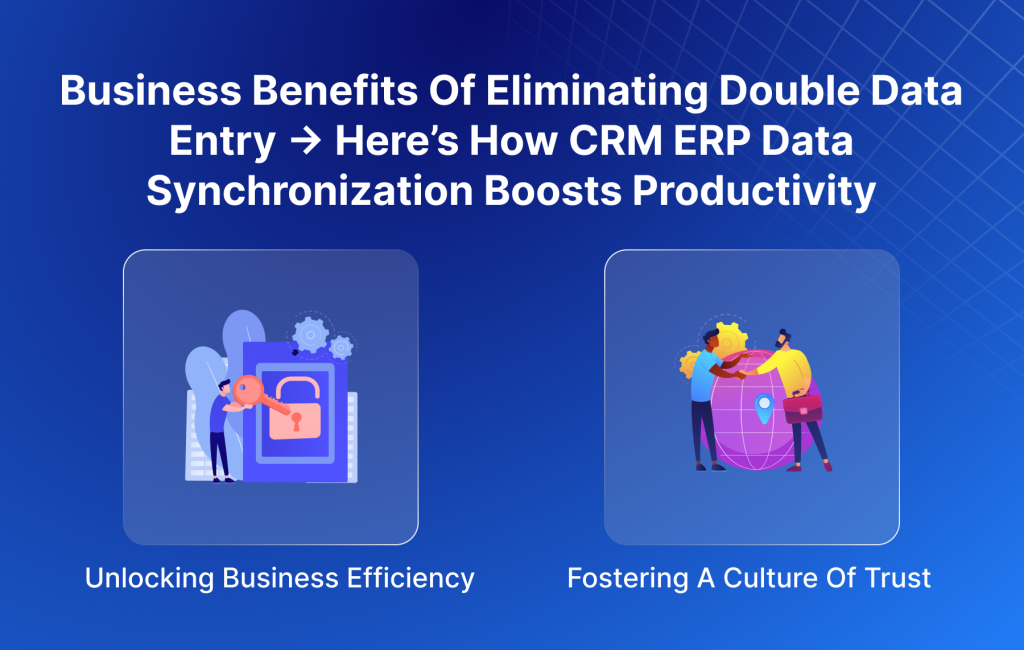
Unlocking business efficiency:
The efficiency gains from integrating your ERP and CRM systems are not incremental – they are exponential. Your team spends less time on administrative tasks. This means that they can spend more time on revenue-generating activities. The reduction in errors also implies that less time is spent on correcting mistakes, leading to smoother, predictable business operations. The increase in business efficiency can allow you to scale your business.
Fostering a culture of trust:
When you automate repetitive tasks using integration, it means that you value your employees’ talent and time. You are telling them that their skills are better used for coming up with strategic and innovative solutions for your business. This builds trust among your teams. It also empowers the employees to take accountability for meaningful work. It can increase job satisfaction and also cause your business to succeed in the long run.
Conclusion: The Case for Seamless Integration
Double data entry is a frustrating drain on your team members’ time, energy, and morale. However, with some thoughtful adjustments like centralizing your data, standardizing the workflows, and leveraging advanced technological solutions, you can easily eliminate double data entry and ensure business efficiency. You can also opt for APPSeCONNECT’s advanced integration solutions to ensure seamless CRM ERP integration across your business environment.
Frequently Asked Questions
The pain points include:
- Increased manual labor
- Greater chances of errors
- Reduced productivity and efficiency
CRM and ERP integration allows the same data to flow across different systems, thereby maintaining data consistency and accuracy.
The exact cost will depend on your business needs. You can book a consultation with the APPSeCONNECT experts to know about the exact expenses.





